- These Bridges show China's great progress in infrastructure construction
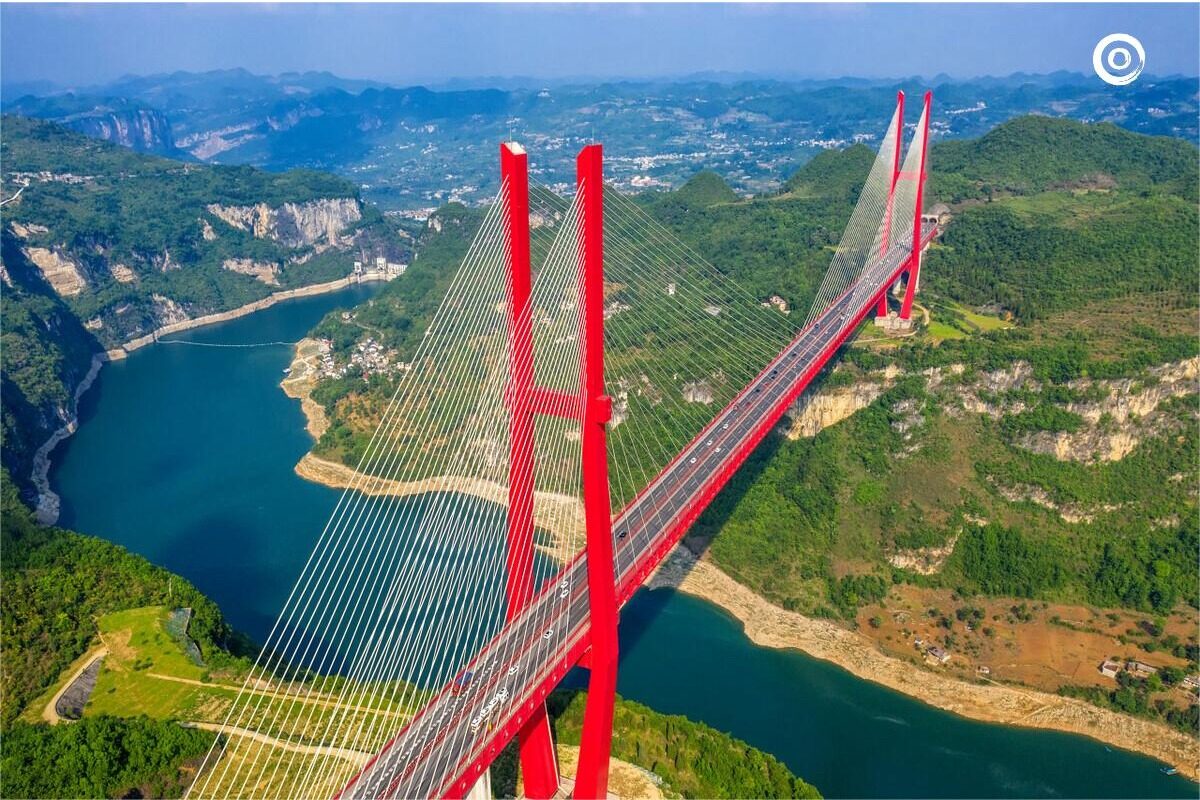
Standing on the catwalk suspended for hundreds of meters, I heard a gust of canyon wind blowing from time to time. Although his body will sway slightly along the catwalk, Gregoire de Gaulle still holds on to the guardrail rope of the catwalk with one hand, and continues to film the bridge builders working at height with the other hand.
This is the construction site of the Huajiang Canyon Bridge, a control project of the Lu 'an Expressway in Guizhou Province, located in the hinterland of southwest China. When completed, the bridge will fly over the Huajiang Grand Canyon, known as the "Earth crack", with a vertical height of 625 meters from the water of the canyon, and will become the world's highest bridge.
The 68-year-old French photographer was impressed by the hardships of working with the bridge builders under the hot sun.
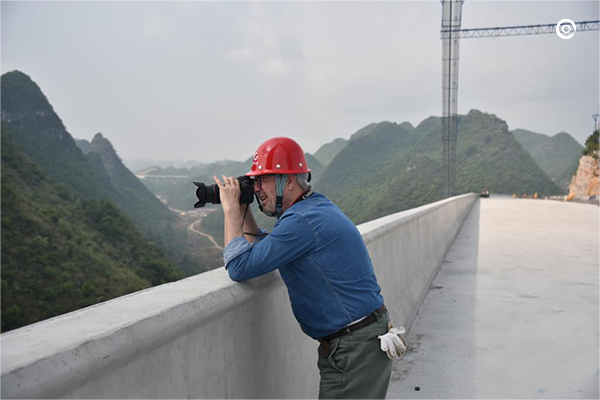
Huajiang Grand Canyon wall is very steep, both sides of the steep terrain, the core construction area of the bridge is close to cliffs. Workers not only often have to carry out heavy weight lifting operations hundreds of meters above the ground, but also deal with sudden rainstorm and windy weather, and the construction difficulty can be imagined.
"The construction scene in front of us is particularly spectacular, especially the brave bridge builders, who not only overcome the psychological factor of fear of higher education, but also completed the bridge construction task well, which is especially commendable." De Gaulle said.
De Gaulle has been to China many times, this is his second time to Guizhou, mainly to participate in the recent Guizhou Bridge co-sponsored by the China Culture and Art Development Promotion Association, Guizhou Communications Construction Group Co., LTD. Along the way, he and a number of Chinese photographers went deep into the construction line of a number of world-class Bridges under construction to feel the "charm of Chinese Bridges".
Huajiang Grand Canyon is pregnant with magnificent and dangerous mountain canyon scenery, but it is also a natural cut that affects exchanges and regional development, and it takes more than 2 hours to drive along the winding mountain road from one side of the canyon to the other. When the Huajiang Canyon Bridge is completed and opened to traffic, it will take less than 2 minutes to cross the canyon by car.

"China has invested so much manpower and material resources to build a world-class bridge, which will bring obvious changes to the economic and social development of the regions along the route." De Gaulle said that the charm of these world-class Bridges is not only the spectacular bridge body and complex technology, but also the convenience of travel and the improvement of people's livelihood.
In Guizhou Province, the only province in China without plain support, 92.5 percent of the land area is mountainous and hilly. Guizhou has been working to break traffic bottlenecks for years.
With the construction of world-class high Bridges in the vast karst mountains of Guizhou, a "high-speed plain" has been formed among the mountains. At present, Guizhou has built more than 200,000 kilometers of roads, and more than 8,000 kilometers of expressways are open to traffic.
Guizhou is also a veritable "bridge museum", with nearly 30,000 Bridges built or under construction, covering almost all bridge types, including nearly half of the world's top 100 high Bridges.
De Gaulle hopes that the photos taken this time can not only record the history of China's promotion of world-class bridge construction, but also "tell" the story of Guizhou bridge construction to more people through the language of images. Editor/Wang Tian
Comment
 Praise
Praise
 Collect
Collect
 Comment
Comment
 Search
Search


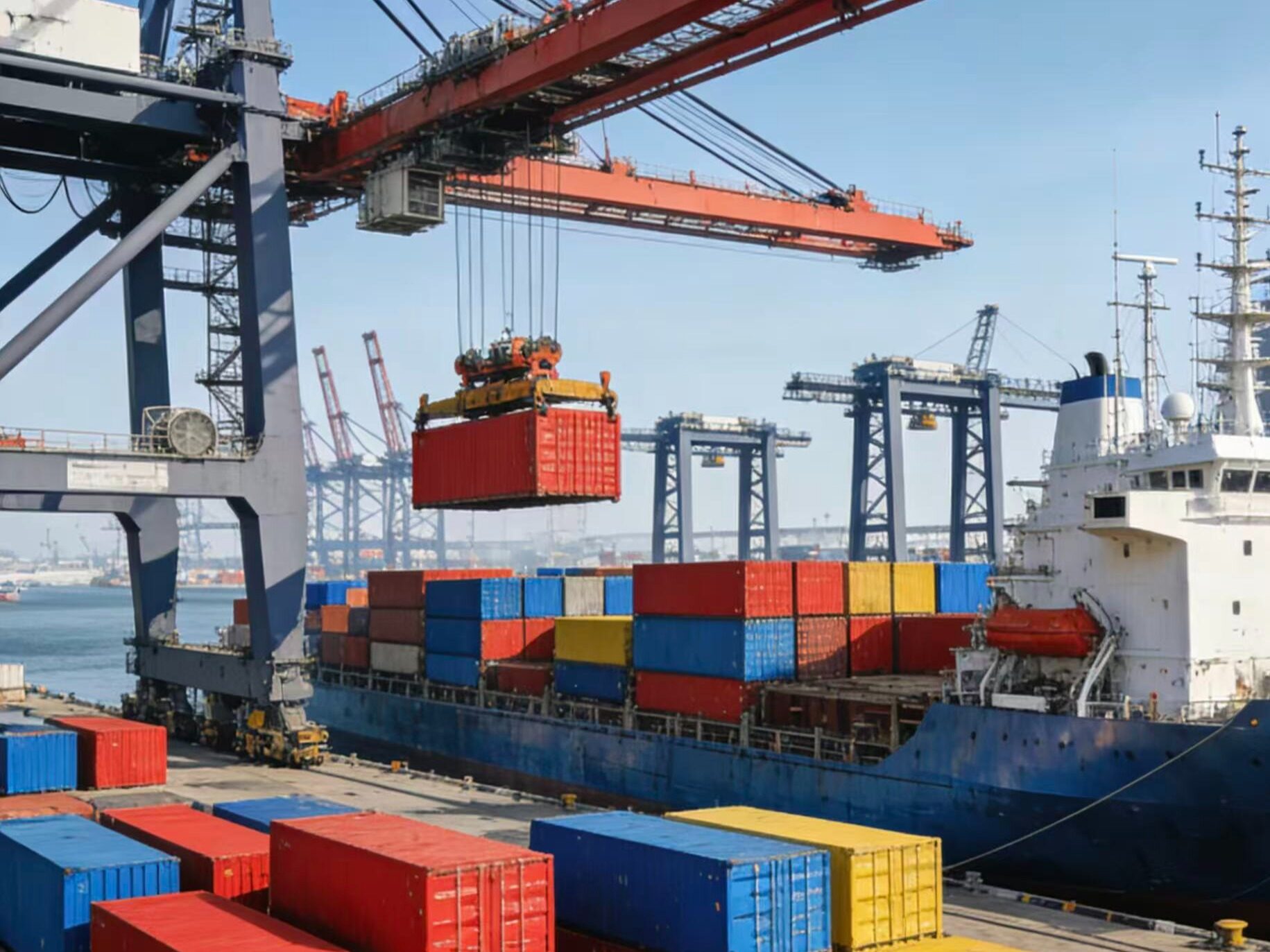
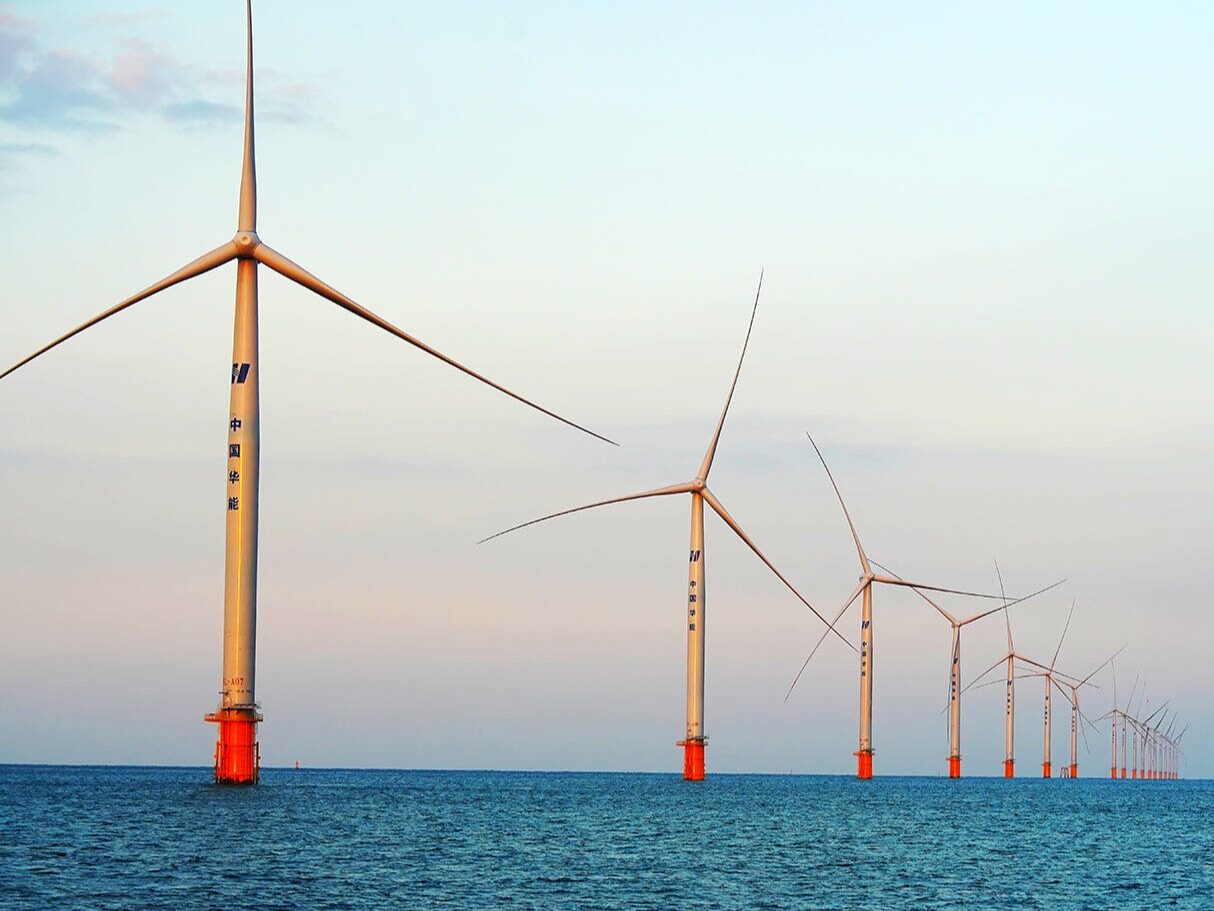
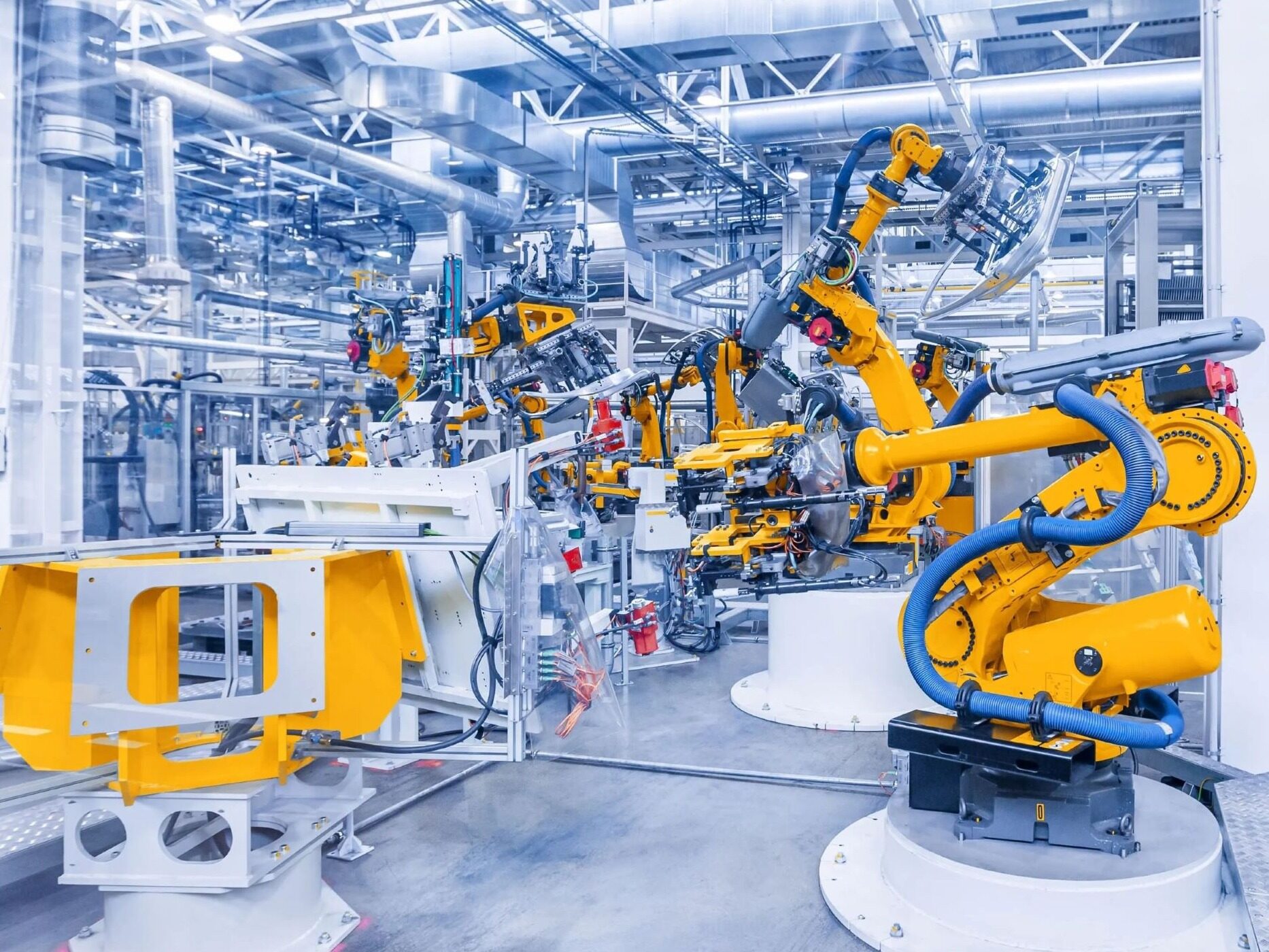

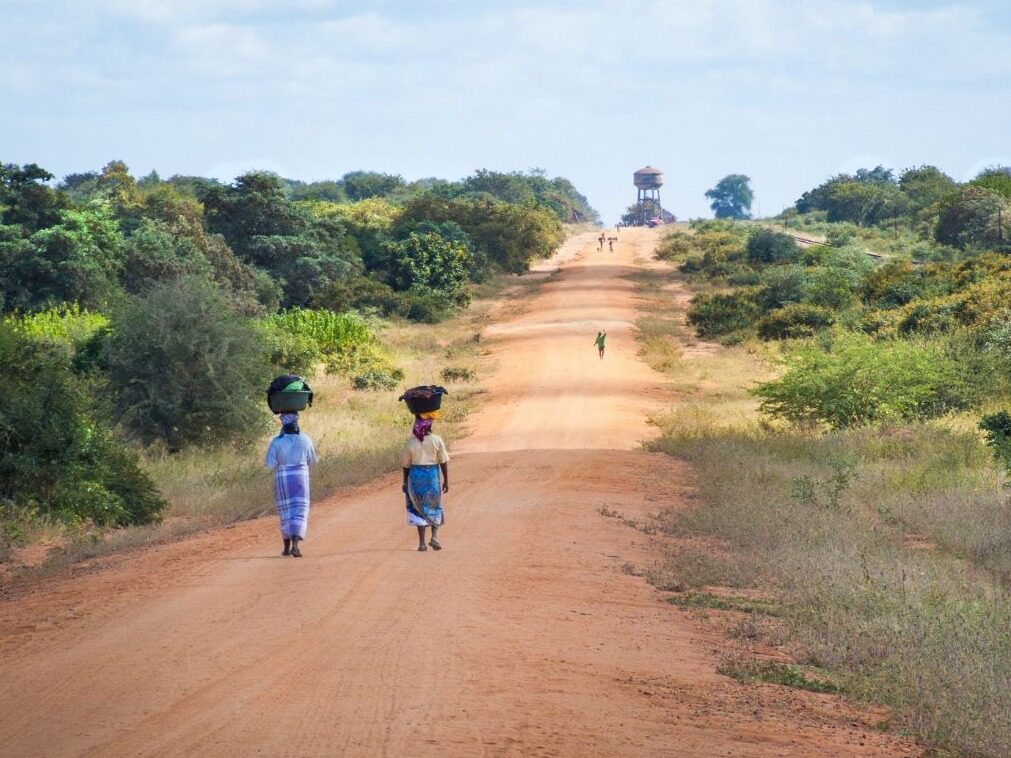
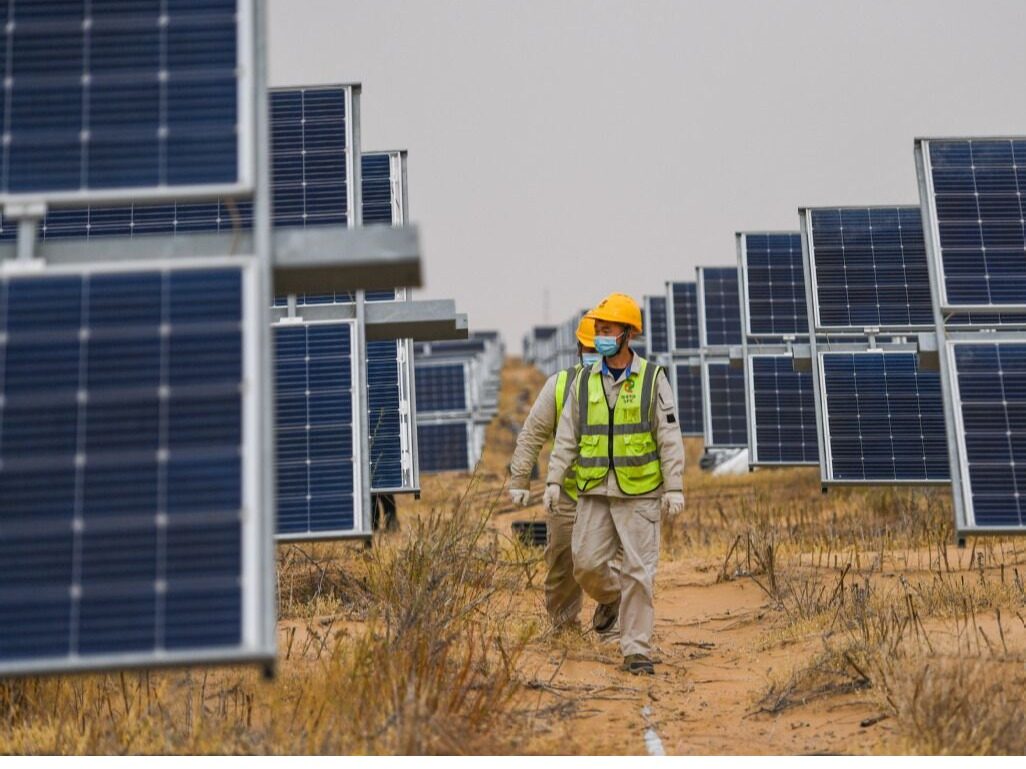






Write something~